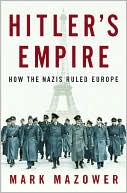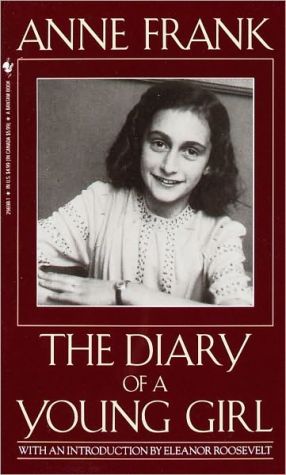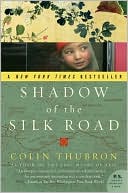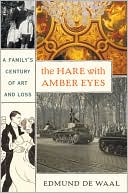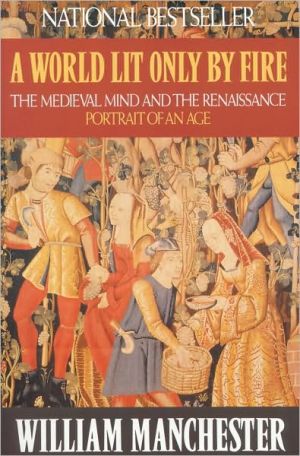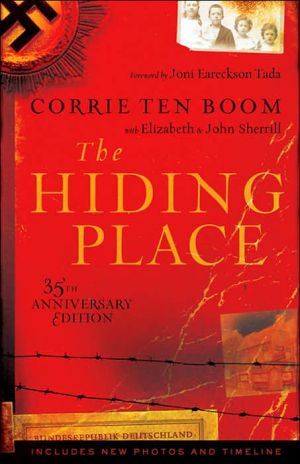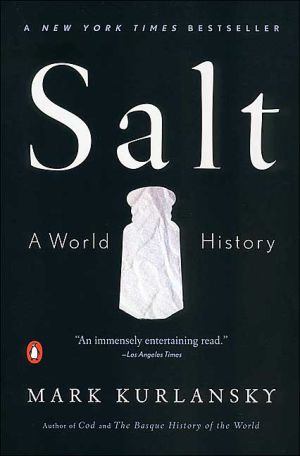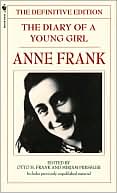Notorious Royal Marriages: A Juicy Journey Through Nine Centuries of Dynasty, Destiny, and Desire
A funny, raucous, and delightfully dirty 900-year history of the royal marriages of Europe's most famous-and infamous-monarchs.\ Since time immemorial, royal marriages have had little to do with love- and almost everything to do with diplomacy and dynasty. Clashing personalities have joined in unholy matrimony to form such infamous couples as Russia's Peter II and Catherine the Great, and France's Henri II and Catherine de Medici-all with the purpose of begetting a male heir. But with...
Search in google:
A funny, raucous, and delightfully dirty 900-year history of the royal marriages of Europe's most famous-and infamous-monarchs. Since time immemorial, royal marriages have had little to do with love- and almost everything to do with diplomacy and dynasty. Clashing personalities have joined in unholy matrimony to form such infamous couples as Russia's Peter II and Catherine the Great, and France's Henri II and Catherine de Medici-all with the purpose of begetting a male heir. But with tensions high and silverware flying, kings like England's Henry II have fled to the beds of their nubile mistresses, while queens such as Eleanor of Aquitaine have plotted their revenge... Full of the juicy gossip and bad behavior that characterized Royal Affairs, this book chronicles the love-hate marriages of the crowned heads of Europe-from the Angevins to Charles and Di-and ponders how dynasties ever survived at all. The Barnes & Noble Review I would be surprised if the excellent recent film The Young Victoria didn't stir up a new wave of interest in Queen Victoria and Prince Albert, who were smiled at throughout most of the twentieth century but now, with greater historical perspective, are acknowledged to have been impressive figures. The end of the long Victorian era in 1901, with the succession of the queen's son Bertie as Edward VII, coincided with a radical societal shift. Phillip Blom's The Vertigo Years: Europe 1900-1914 (Basic Books) gives the reader a superb understanding of what it felt like to live in that time, a time in some ways not so very different from our own. "Then as now," Blom writes, "rapid changes in technology, globalization, communication technologies and changes in the social fabric dominated conversations and newspaper articles; then as now, cultures of mass consumption stamped their mark on the time; then as now, the feeling of living in an accelerating world, of speeding into the unknown, was overwhelming." The period before the outbreak of World War I in 1914 is typically portrayed as idyllic, a civilized old world about to collapse into chaos, but as Blom shows us, "To most people who lived around 1900 this nostalgic view with its emphasis on solidity and grace would have come as a surprise." Blom gives us a detailed view of politicians and heads-of-state like Wilhelm II, Clemenceau, Trotsky, Lloyd George, and Nicholas II of Russia, and of artists like Wagner, Kandinsky, Marinetti, Klimt, Lartigue, Nijinsky, Thomas Mann, and Richard Strauss; he describes the period's breathtaking scientific and technological advances and the often radical changes they effected in everyday life. Blom's account -- a model of Macaulayan "narrative history" -- easily demonstrates that to those who lived in it, pre-war Europe seemed terrifyingly modern. Taking a look at some of the royal characters in Blom's narrative -- the swaggering Wilhelm II, the blinkered workaholic Franz Josef, the hopeless Nicholas II, the playboy king, Edward VII -- it is unsurprising that so many of these degenerate dynasties collapsed during and directly after World War I. Leslie Carroll's Notorious Royal Marriages: A Juicy Journey Through Nine Centuries of Dynasty, Destiny, and Desire (New American Library) provides even more historical ammunition. Carroll doesn't dig terribly deep and there is certainly no new material here, but the volume makes for agreeable bedside or bathside reading. Some of the marriages are genuinely notorious. England's Henry II and his wife Eleanor of Aquitaine, for instance, had one of the most spectacularly dysfunctional unions of all time. A few centuries later, the efforts of the disreputable King George IV to divorce his equally disreputable wife Caroline of Brunswick presented a gruesome spectacle to a horrified Britain, the memory of which did much to enhance the popularity of George's virtuous niece Victoria. The show put on by a more recent English royal couple, Charles and Diana, was not much more edifying. And Edward VIII (after his abdication the Duke of Windsor) and his American wife Wallis could only be described as trashy characters. Some of the marriages Carroll includes, though, like those of Nicholas II and Alexandra, or of Victoria and Albert themselves, are notorious only for being love matches -- rare enough, among royal couples, to raise more than a few eyebrows. --From Brooke Allen's "READER'S DIARY" column on The Barnes & Noble Review

